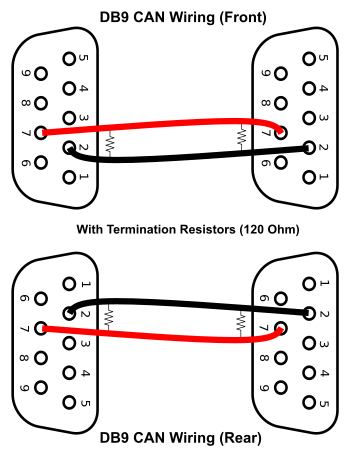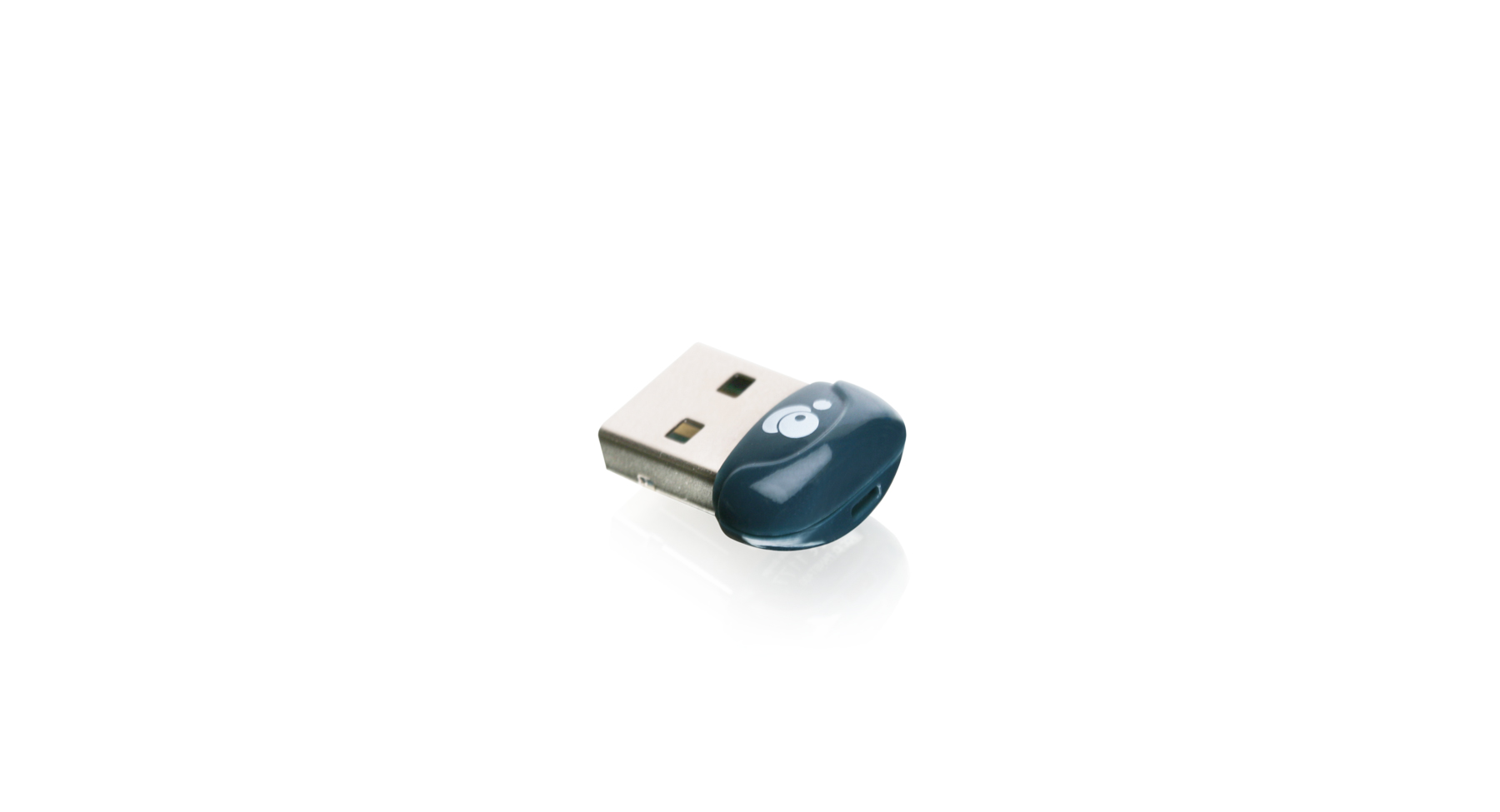- Ism Dongle Not Installed Video
- Ism Dongle Not Installed
- Ism Dongle Not Installed Error
- Ism Dongle Not Installed Download
- Ism Dongle Not Installed Free
Hardware lock (Dongle) is not working on the machines parallel port. ISM is copy protected by a Hardware Lock that is to be connected to the computers parallel port. Never connect this hardware lock to the serial port, which may spoil it. Without this lock, it is not possible to install and use ISM. Home; Ism Dongle Not Installed. 11/5/2017 by admin in Category by admin in Category.
Using a cellular dongle to access the Internet from your PC is a good solution. The connection speeds providers offer nowadays are more than enough for you to even enjoy video streaming. Actually, many times a 3G / 4G cellular data connection is faster than some Wi-Fi hotspots! Here are the steps to access the Internet through a 3G / 4G dongle.
Hardware requirements: 3G/4G dongle
Step 1: Purchase Connectify Hotspot PRO or MAX from the Connectify website. While there is a free trial version of Connectify Hotspot, sharing 3G/4G or Ethernet connections as WiFi is only available in the PRO and MAX versions.
Step 2: Install your 3G / 4G dongle on your PC. Connect the dongle through a USB port to your PC. If running Windows 10, it’s highly possible it will automatically set up the connection for you. In order to confirm this, click on the computer / Wi-Fi icon in the lower right area of the taskbar (systray) and check if a “Cellular” tile shows up.
If this doesn’t happen, make sure you run the installer program provided to you along with the 3G / 4G dongle. This may be directly on the dongle - check out “My Computer” / “This PC” for any CD / removable drives and run the setup program. You may be required to restart your PC after setting this up.
Step 3: Connect to the Internet using the dongle. Make sure you run the proprietary software to connect to the Internet if that exists. Usually, it will be detected by your PC as a cellular connection or a Wi-Fi connection.
If you can’t connect, check to see if Windows installed a cellular adapter. Go to Network Connections (Windows key + X - “Network Connections”) and click on “Change adapter options” on the right. The 3G / 4G dongle should be listed there. If it’s not connected, click on “Diagnose this connection”.
If you still can’t connect to the Internet after troubleshooting this, contact your ISP/network provider.
Using Bioconductor

The current release of Bioconductor is version3.13; it works with R version4.1.0. Users of older R andBioconductor must update their installation to take advantageof new features and to access packages that have been added toBioconductor since the last release.
The development version of Bioconductor is version3.14; it works with R version4.1.0. More recent ‘devel’versions of R (if available) will be supported during the nextBioconductor release cycle.
Install the latest release of R, then get the latest version ofBioconductor by starting R and entering the commands
It may be possible to change the Bioconductor version of an existinginstallation; see the ‘Changing version’ section of the BiocManagervignette.
Details, including instructions toinstall additional packages and toupdate,find, andtroubleshoot are providedbelow. A devel version ofBioconductor is available. There are goodreasons for using BiocManager::install() formanaging Bioconductor resources.
Install R
- Download the most recent version of R. The R FAQs and the RInstallation and Administration Manual contain detailed instructionsfor installing R on various platforms (Linux, OS X, and Windows beingthe main ones).
Start the R program; on Windows and OS X, this will usually meandouble-clicking on the R application, on UNIX-like systems, type“R” at a shell prompt.
As a first step with R, start the R help browser by typing
help.start()in the R command window. For help on anyfunction, e.g. the “mean” function, type? mean.
[ Back to top ]
Install Bioconductor Packages
To install core packages, type the following in an R command window:
Install specific packages, e.g., “GenomicFeatures” and “AnnotationDbi”, with
The install() function (in the BiocManager package) has arguments that changeits default behavior; type ?install for further help.
For a more detailed explanation on using BiocManager and its advanced usage,such as version switching, please refer to theBiocManager vignette.
[ Back to top ]
Find Bioconductor Packages
Visit the software package listto discover available packages.
To search through available packages programmatically, use the following:
For example, using a “^org” search pattern will show all of the availableorganism annotation packages.
[ Back to top ]
Update Installed Bioconductor Packages
Bioconductor packages, especially those in the development branch, areupdated fairly regularly. To identify packages requiring update withinyour version of Bioconductor, start a new session of R and enter
Use the argument ask=FALSE to update old packages without beingprompted. Read the help page for ?install for additional details.
Ism Dongle Not Installed Video
Upgrading installed Bioconductor packages
Some versions of R support more than one version of Bioconductor. Touse the latest version of Bioconductor for your version of R, enter
Ism Dongle Not Installed
Remember that more recent versions of Bioconductor may be available if yourversion of R is out-of-date.
For more details on Bioconductor approaches to versioning, seethe advanced sectionin the vignette and version numbering in the developer reference section.
Recompiling installed Bioconductor packages
Rarely, underlying changes in the operating system require ALLinstalled packages to be recompiled for source (C or Fortran)compatibility. One way to address this might be to start a new Rsession and enter
As this will reinstall all currently installed packages, it likelyinvolves a significant amount of network bandwidth and compilationtime. All packages are implicitly updated, and the cumulative effectmight introduce wrinkles that disrupt your work flow. It also requiresthat you have the necessary compilers installed.
[ Back to top ]
Troubleshoot Package Installations
Use the commands
to flag packages that are either out-of-date or too new for yourversion of Bioconductor. The output suggests ways to solve identifiedproblems, and the help page ?valid lists arguments influencingthe behavior of the function.
Troubleshoot BiocManager
One likely reason for BiocManager not working on your system couldbe that your version of R is too old for BiocManager. In orderavoid this issue, please ensure that you have the latest version of Rinstalled in your system. BiocManager supports R versions from 3.5.0and above.
[ Back to top ]
Why use BiocManager::install()?

BiocManager::install() is the recommended way to install Bioconductorpackages. There are several reasons for preferring this to the‘standard’ way in which R pacakges are installed viainstall.packages().
Bioconductor has a repository and release schedule that differs from R(Bioconductor has a ‘devel’ branch to which new packages and updatesare introduced, and a stable ‘release’ branch emitted once every 6months to which bug fixes but not new features are introduced).
A consequence of the mismatch between R and Bioconductor releaseschedules is that the Bioconductor version identified byinstall.packages() is sometimes not the most recent ‘release’available. For instance, an R minor version may be introduced somemonths before the next Bioc release. After the Bioc release the usersof the R minor version will be pointed to an out-of-date version ofBioconductor.
A consequence of the distinct ‘devel’ branch is thatinstall.packages() sometimes points only to the ‘release’repository, whereas Bioconductor developers and users wantingleading-edge features wish to access the Bioconductor ‘devel’repository. For instance, the Bioconductor 3.0 release is availablefor R.3.1.x, so Bioconductor developers and leading-edge users need tobe able to install the devel version of Bioconductor packages into thesame version (though perhaps different instance or at least librarylocation) of R that supports version 2.14 of Bioconductor.
An indirect consequence of Bioconductor’s structured release is thatpackages generally have more extensive dependencies with one another,both explicitly via the usual package mechanisms and implicitlybecause the repository, release structure, and Bioconductor communityinteractions favor re-use of data representations and analysisconcepts across packages. There is thus a higher premium on knowingthat packages are from the same release, and that all packages arecurrent within the release.
The BiocManager package serves as the primary way to ensure thatthe appropriate Bioconductor installation is used with respectto the version of R in use regardless of the R and Bioconductorrelease cycles.
The install() function is provided by BiocManager. This is awrapper around install.packages, but with the repository chosenaccording to the version of Bioconductor in use, rather than to theversion relevant at the time of the release of R.
install() also nudges users to remain current within a release, bydefault checking for out-of-date packages and asking if the user wouldlike to update
The BiocManager package provides facilities for switching to the‘devel’ version of Bioconductor
(at some points in the R / Bioconductor release cycle use of ‘devel’requires use of a different version of R itself, in which case theattempt to install devel fails with an appropriate message).
Ism Dongle Not Installed Error
The BiocManager package also provides valid() to test that theinstalled packages are not a hodgepodge from different Bioconductorreleases (the ‘too new’ packages have been installed from sourcerather than a repository; regular users would seldom have these).
For users who spend a lot of time in Bioconductor, the featuresoutlined above become increasingly important and install() is muchpreferred to install.packages().
[ Back to top ]
Ism Dongle Not Installed Download
Pre-configured Bioconductor
Bioconductor is also available as a set ofAmazon Machine Images (AMIs) andDocker images.
Legacy and Older R Versions
It is always recommended to update to the most current version of R andBioconductor. If this is not possible and R < 3.5.0 , please use the followingfor installing Bioconductor packages
To install core packages, type the following in an R command window:
Install specific packages, e.g., “GenomicFeatures” and “AnnotationDbi”, with
Ism Dongle Not Installed Free
[ Back to top ]